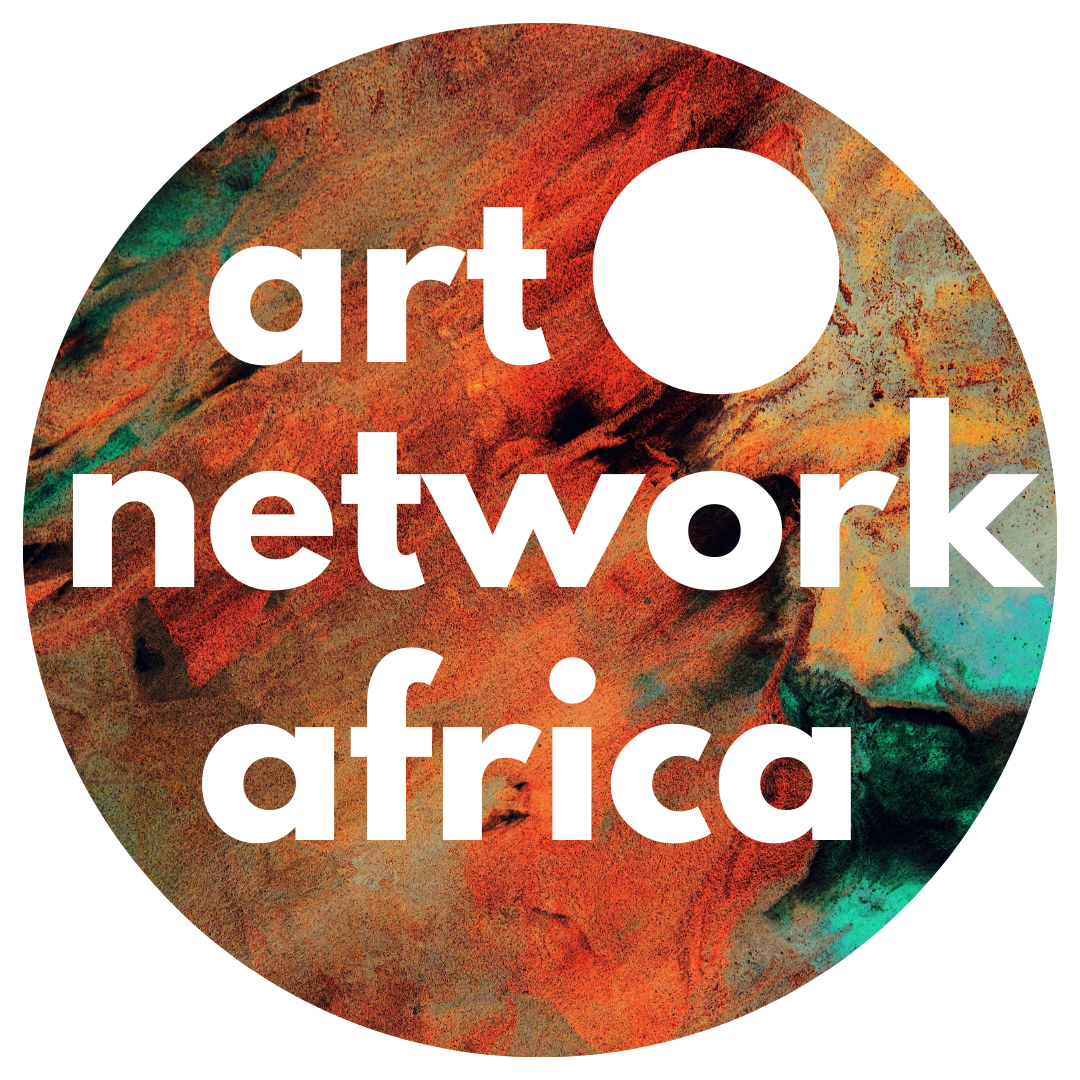The contemporary African art scene is undergoing a significant shift, driven by artists who reject convention and redefine what it means to create. Artists are expanding artistic expression, exploring identity, resilience and storytelling. Their work ignites urgent conversations about the place African art claims in the world, the financial realities of being a creative as well as the future of the artistic industry.
African art is constantly pushing boundaries in technique, material and storytelling. New ways of creating combine different textures and materials to evoke emotion and meaning. African artists are leaning into the experimental and intuitive, allowing each piece they create to take on a life of its own. This also speaks to the fluidity of artists exploring more than a single style or narrative, thereby embracing the belief that African art is not static — it is constantly evolving, just like the people and stories it represents.
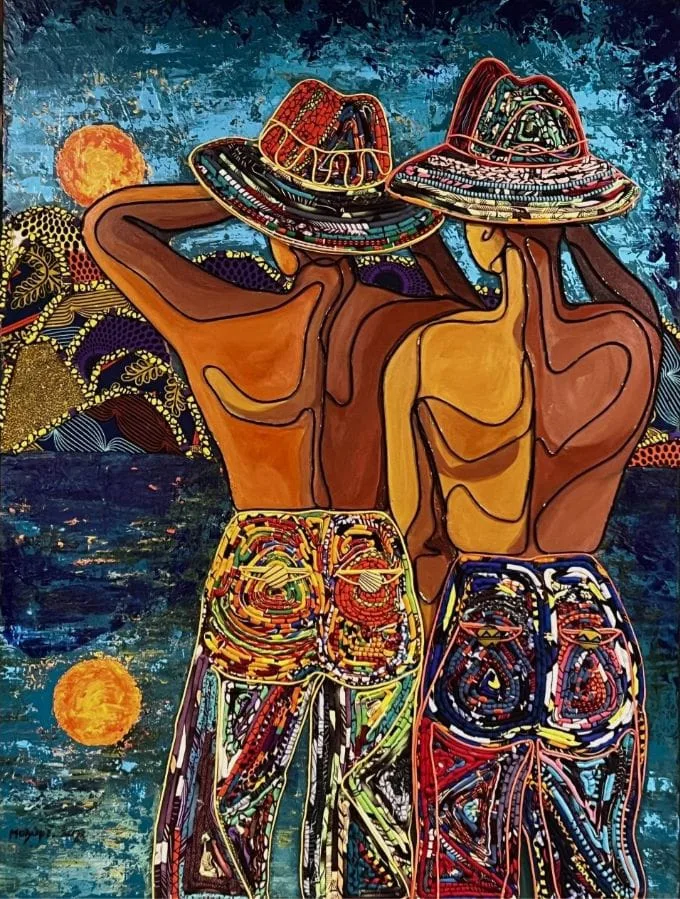
African Art as a Resistance to Classification
Contemporary African art resists easy categorisation due to its dynamic and ever-evolving nature which defies rigid boundaries while challenging traditional classifications, thereby reflecting the diverse and multifaceted nature of the African continent.
Diverse Art Scenes and Contextual Parameters:
Africa is a continent rich in cultural diversity, with numerous art scenes thriving across its vast landscape. Each region, country and community within Africa possesses its own unique artistic traditions, influences and contextual parameters. This diversity fuels the creativity of African artists, providing them with a wealth of cultural and historical references to draw upon.
From the intricate beadwork of Maasai artists in Eastern Africa, the vibrant street art of Lagos, Nigeria, to the sculptural traditions of the Akan people in Western Africa, the range of artistic expressions in Africa is vast and varied. Wangechi Mutu is one such artist whose Afrofuturistic sculptures blend science fiction with African tradition, often exploring themes of identity and femininity.
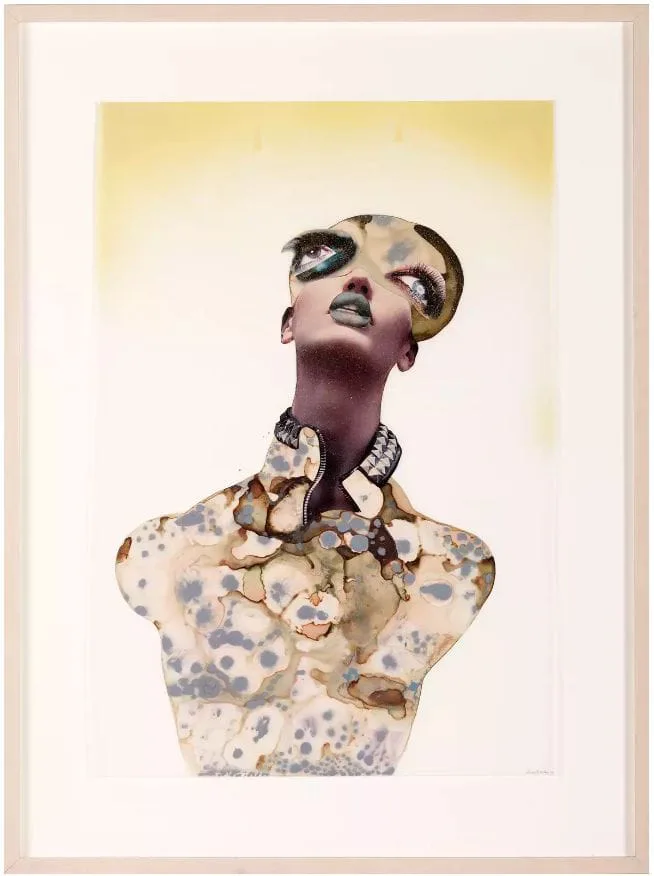
Individual Narratives and Personal Journeys:
African contemporary art is deeply connected to personal narratives and individual experiences. Artists draw inspiration from their own lives, histories and social contexts, infusing their works with personal stories and perspectives. These narratives are influenced by factors such as identity, migration, post-colonial realities, political events and socio-economic conditions. Such personal journeys and diverse experiences further contribute to the resistance of African contemporary art to be easily classified.
Addressing Social and Political Issues
Contemporary African art has largely taken up the role of challenging the western gaze where artists are interrogating historical and political narratives and challenging the ways in which Africa and its culture are perceived by the West. Beyond this, African art has moved a step further to go as far as decentralising the West such that the work African artists make speaks to Africa itself and not anyone else. Secondly, there is an accessible knowledge for upcoming artists regarding the financial realities of being a creative in Africa, thereby giving more artists the opportunity to advocate for better support and opportunities for the creative industry.
What new art mediums are emerging on the continent?
Technology has played a transformative role in contemporary African art, enabling artists to experiment with new mediums, reaching wider audiences all while connecting with the global art community. Digital art has gained popularity among African artists, allowing them to explore new creative possibilities and challenge traditional notions of art. From digital paintings to multimedia installations and artworks, technology has opened up a world of endless possibilities for artists to express themselves and engage with contemporary issues.
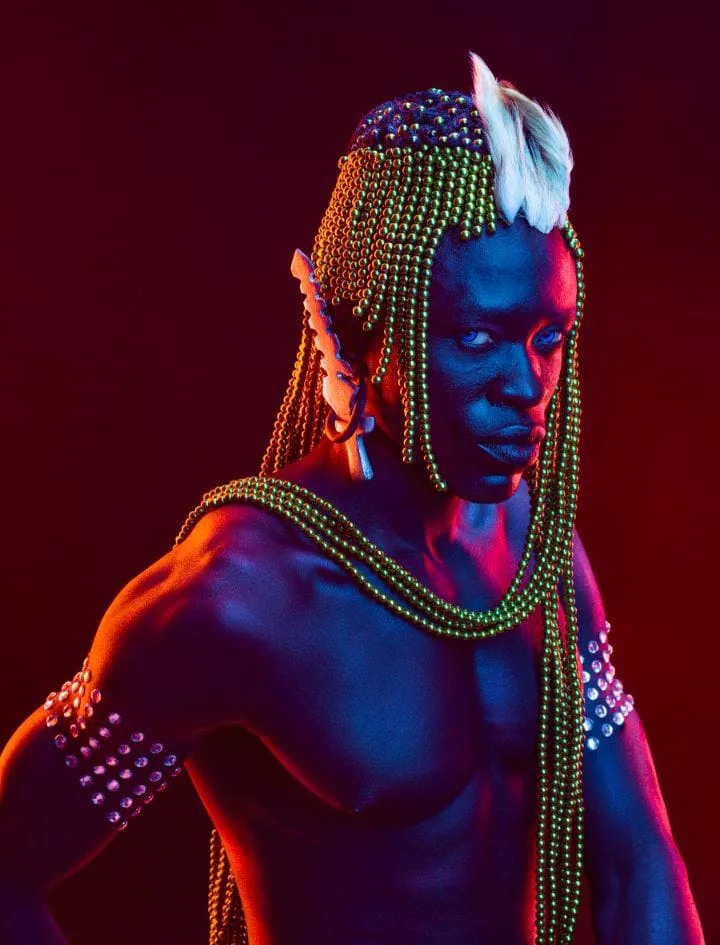
Social media platforms have also become invaluable tools for African artists to showcase their works and connect with art enthusiasts and collectors from around the world. Artists from Africa can now share their creations in real-time, bypassing traditional gatekeepers and reaching a global audience with a click of a button. This newfound accessibility has helped to democratise the art world, giving African artists a platform to share their unique perspectives and gain recognition on an international scale. Osborne Macharia, whose work is showcased above, is a self-taught Kenyan commercial photographer and digital artist whose work focuses on themes of Afrofuturism in culture, identity and fictional narratives. He has been called “a master at creating alternate black universes.”
Traditional and Hybrid Art Forms:
While African artists continue working in the traditional art forms, they are also increasingly combining different media and techniques, such as photography, video, painting and drawing, to create complex and multi-layered artworks. Artists often combine traditional African art forms like mask-making, beadwork or textile techniques with contemporary mediums like painting, sculpture, installation or digital art.
They may choose explore the concept of hybridity through the creation of figures that combine human and animal traits, representing dual identities or societal roles. There is also the installation and performance route where artists are incorporating elements of both into their work, creating immersive and interactive experiences for the viewer.
Abstract art, on the other hand, though regarded an art form that does not depict a recognisable representation of the real world, instead focusing on forms, colors, lines, and shapes, is used to create a composition that is independent from visual references. This is seen in Julie Mehretu’s work where her large-scale multi-layered paintings of abstracted landscapes depict the cumulative effects of urban sociopolitical changes.
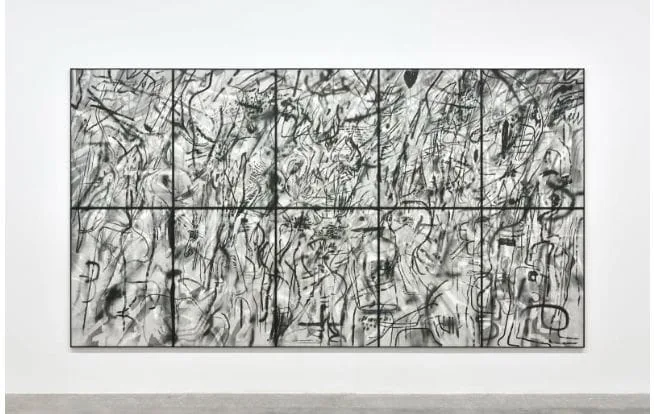
This article covered different ways that African art is breaking boundaries and creating new conventions including resistance to classification, diverse art scenes and contextual parameters as well as through addressing social and political issues. This article also covered new art mediums emerging on the continent such as technology, mixed media and abstract art, among others.
